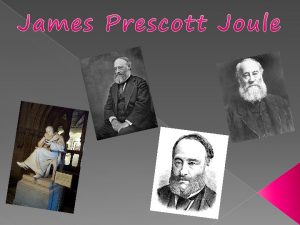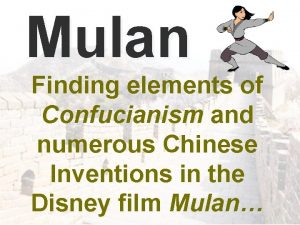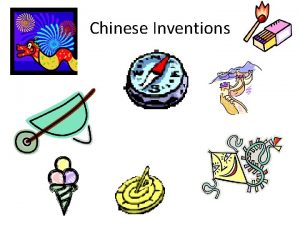Chapter 17 Chinese Discoveries and Inventions Study Guide


- Slides: 2

Chapter 17 Chinese Discoveries and Inventions Study Guide for Test Directions: Answer each of the following questions in complete sentences. Remember, the greater the effort on the study guide, the greater the achievement on the test! Define each of the key terms below: 4. How do watertight compartments on ships work? movable type mass-produce gunpowder inoculate - 5. What material did the Chinese use to create watertight compartments? 6. Why were canal locks invented? Section 17. 2: Exploration and Travel 1. What mineral did early Chinese compasses use? 2. What is the purpose of a compass? Why, then, is magnetism an essential property of the compass? 7. How do canal locks work? 8. What new type of bridge did the Chinese invent? 3. How were later Chinese compasses made? 9. How were the new Chinese bridges different in their construction from Roman-designed bridges? 10. What were the advantages of the new Chinese bridges over the Roman-designed bridges?

Section 17. 3: Industry 11. What are the five steps in the process of woodblock printing? 1. 2. 3. 4. 5. 12. Why was movable type so beneficial for printers? 13. How did movable type benefit the Chinese people as a whole? 20. How did the Chinese create steel? 21. Why did the Chinese create steel? Section 17. 4: Military Technology 22. The use of weapons such as cannons, flamethrowers, and artillery shells was made possible because of which Chinese invention? 23. What are 2 of the Chinese uses for rockets? Section 17. 5: Everyday Objects 24. What previous Chinese invention was necessary for the development of game cards and paper money? 25. How did the Chinese mechanical clock work? 14. Which Europeans began growing and trading their own tea? 15. How did these Europeans make tea popular around the world? Section 17. 6: Disease Prevention 26. What were 2 early methods of Chinese disease prevention? 16. From which 3 materials was porcelain made? 17. How was mass-production a part of the porcelain-making process? 18. For whom did porcelain become a highly prized item for trade? 19. Chinese steel is made from what metal? 27. Describe the process by which the Chinese inoculated people against smallpox. 28. How has Chinese inoculation had lasting impacts, even today?



